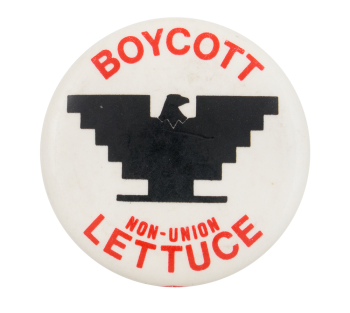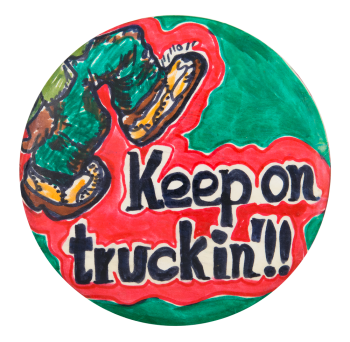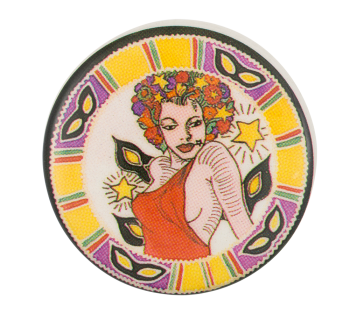Brotherhood of Locomotive Engineers
| Category | |
|---|---|
| Additional Images | |
| Sub Categories | |
| Text on Button | BROTHERHOOD of LOCOMOTIVE ENGINEERS UNITED STATES BLE CANADA |
| Image Description | Blue and red text on a white background with a blue outer edge with white text |
| Curl Text | union bug |
| Back Style | |
| The Shape | |
| The Size | |
| Additional Information | The original group, the Brotherhood of the Footboard, was founded in Marshall Michigan on May 8, 1863. The following year the group changed its name to the Brotherhood of Locomotive Engineers (BLE). It is North America’s oldest rail union and one of the largest labor unions in the United States. Their purpose is to “promote and protect the rights, interests and safety of its members through solidarity, aggressive representation, and education”. On January 1, 2004 the BLE merged with the International Brotherhood of Teamsters and became the Brotherhood of Locomotive Engineers and Trainmen (BLET). Membership exceeds 55,000 people. |
| Sources |
About the Brotherhood of Locomotive Engineers and Trainmen. (2017). Retrieved from www.ble-t.org/about.asp |
| Catalog ID | CL0407 |


















